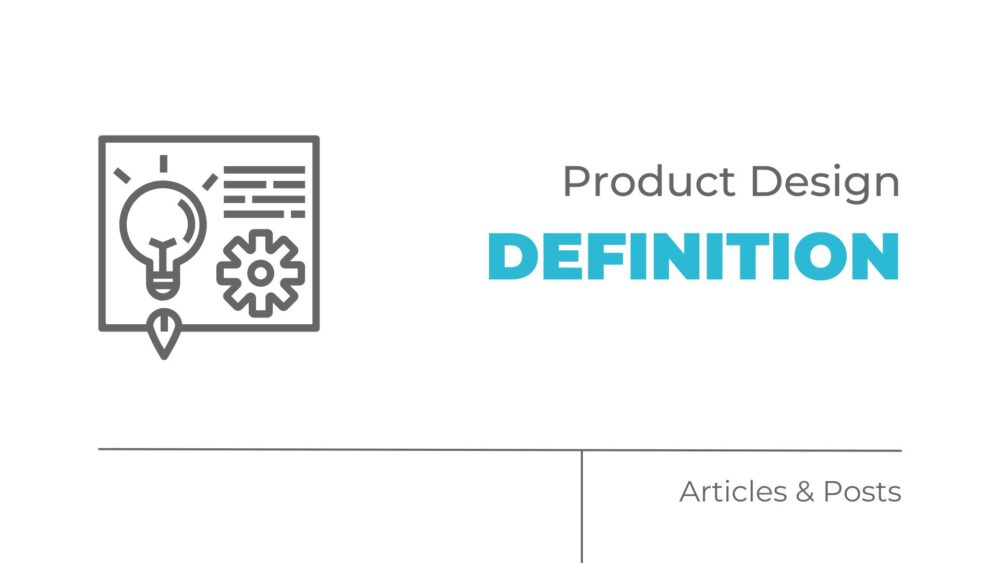Definitions matter. Pizza to one person might be totally different than pizza to another person.
Today we are talking about the Product design definition: What exactly is it?
Product design is the process of creating a new product to be sold by a business to its customers.
It involves a wide range of activities from conceptualization to finalization.
The goal is to develop a product that meets user needs, solves problems, and provides an excellent user experience.
Product design often incorporates elements of product design to make sure the end product is both functional and aesthetically pleasing.
What Are the Elements of Product Design?
The key elements of product design include functionality, aesthetics, usability, and sustainability.
Functionality means the product does what it’s supposed to do efficiently.
Aesthetics is about making the product look good and attractive to potential users.
Usability focuses on how easy and intuitive the product is to use.
Sustainability looks at the environmental impact and the product’s lifecycle.
Good product design blends these elements to create something that not only meets customer expectations but also stands out in the market.
What Are Some Examples of Effective Product Design?
There are plenty of examples of effective product design across various industries.
The iPhone by Apple is a classic example, combining sleek looks with powerful functionality and ease of use.
Dyson vacuum cleaners changed the game with their innovative technology and user-friendly design.
Tesla’s electric cars are another example, mixing sustainability with cutting-edge technology and luxurious design.
These products show how well-thought-out product design can lead to big market success and happy customers.
What Are the Latest Trends in Product Design?
The latest trends in product design focus on sustainability, user-centric design, and advanced technology.
Sustainability is a big deal now, with designers using eco-friendly materials and processes.
User-centric design means creating products that fit the needs and preferences of users, making for a more personalized experience.
Advanced technology integration involves adding AI, IoT, and smart features to make products more functional and interactive.
These trends show how product design is evolving with the times, driven by consumer awareness and new tech.
Importance of Following Product Design Guidelines
Sticking to product design guidelines is key to creating high-quality products.
These guidelines help keep the design process user-focused, functional, and good-looking.
Skipping these principles can lead to product design failures, causing big financial losses and hurting your reputation.
Make sure that you:
- Make It Simple: The product should be easy to use and understand. People shouldn’t need a manual to figure it out.
- Look Good and Work Well: The product should be nice to look at and also work really well. It should be both pretty and practical.
- Use Good Materials: Use strong and durable materials so the product lasts a long time and feels good to use.
- Think About Comfort: Make sure the product is comfortable to hold or use. It should feel right in your hands.
- Be Eco-Friendly: Try to use materials that are good for the environment. This helps keep our planet healthy.
- Test and Improve: Before selling the product, test it and listen to what people think. Use their feedback to make it even better.
Good designers to follow these guidelines throughout all product design phases to get the best results.
At the End of the Day
Product design is all about making things that people love and use every day.
Whether it’s a sleek new phone, an eco-friendly car, or a handy kitchen gadget, good design makes all the difference.
So, keep those creative juices flowing, pay attention to the details, and enjoy the process of bringing your ideas to life.


Comments are closed.